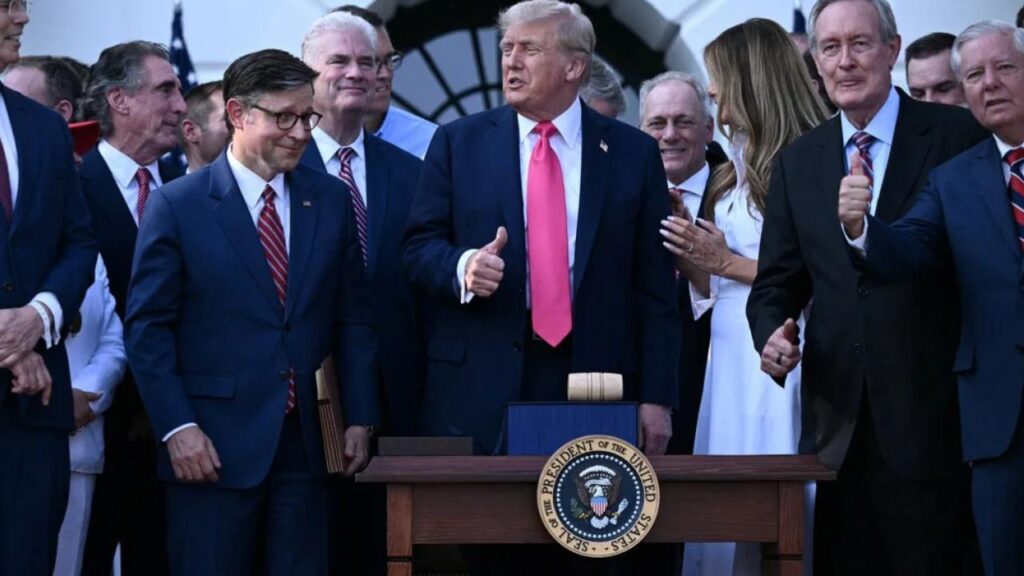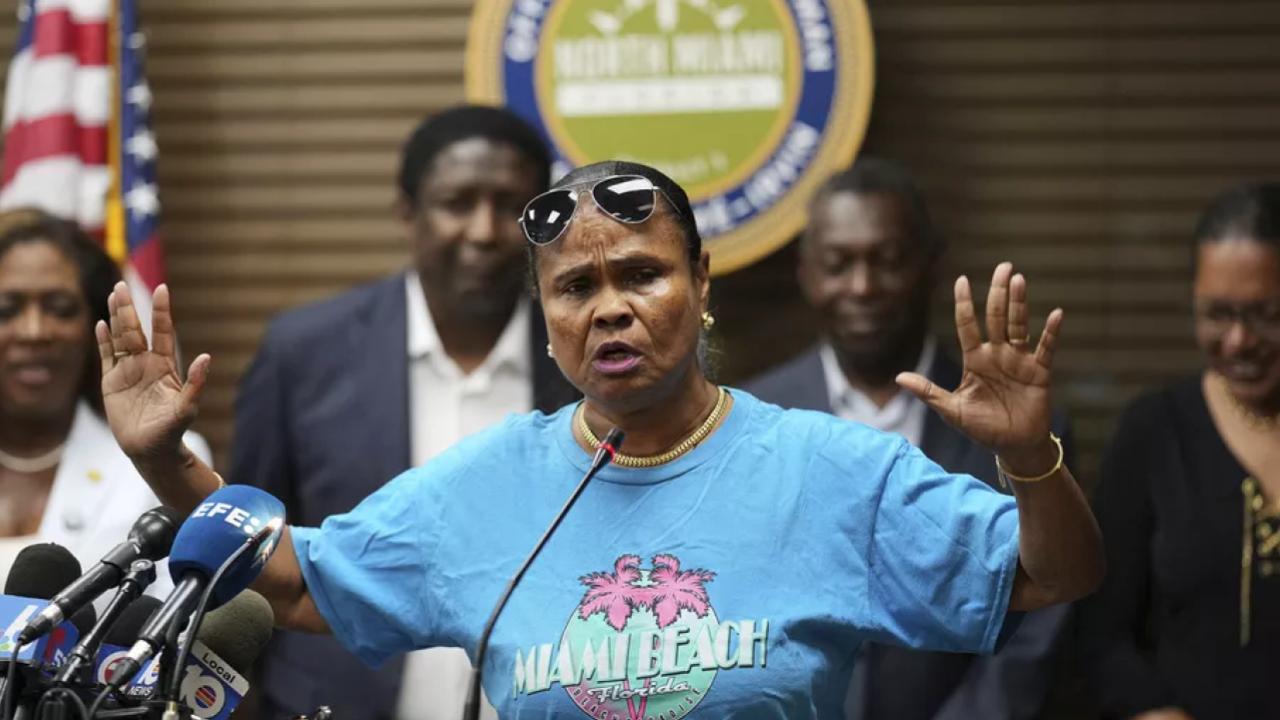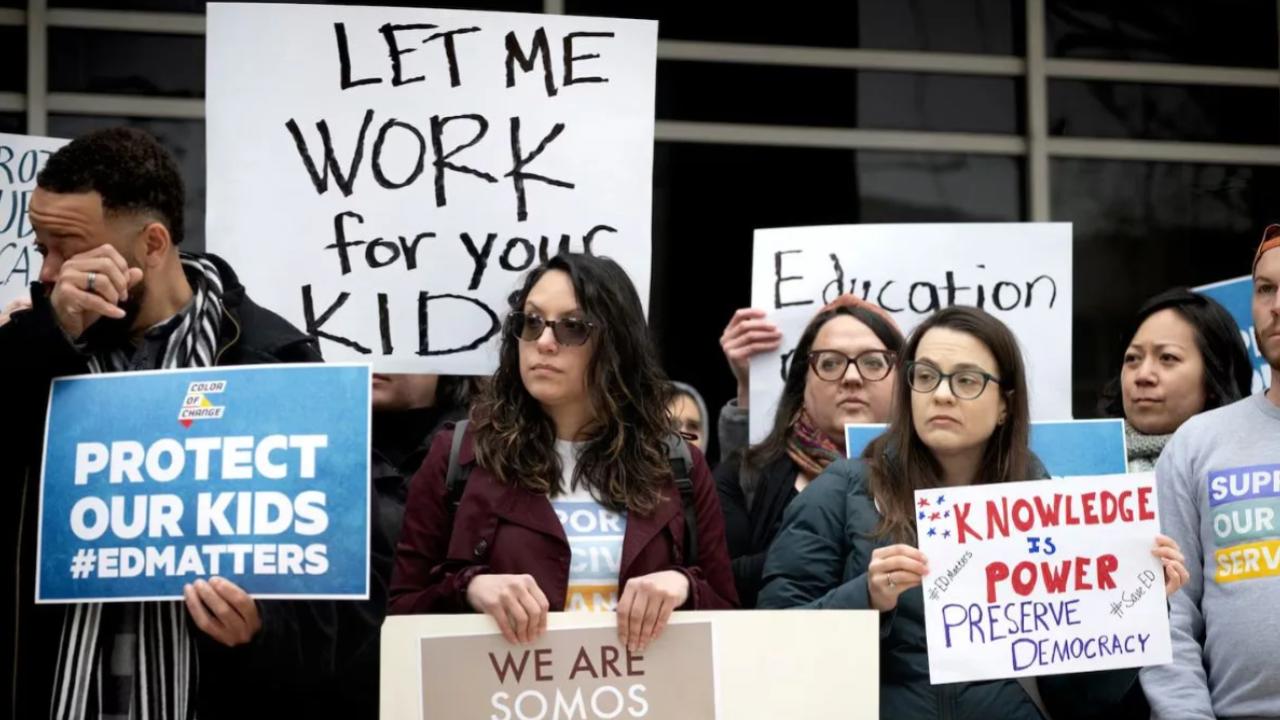In late June, the Senate passed President Trump’s One Big Beautiful Bill Act, a sweeping tax-and-spending overhaul that’s been framed by his team as a win for working Americans. But behind the PR gloss, the fallout tells a much more complicated—and for many, troubling—story about rising debt, shrinking safety nets, and who really benefits.

What Trump’s Team Doesn’t Want You to Know About the Fallout From His Tax Bill
| Takeaway | Stat/Impact |
|---|---|
| Wealthy gain most | Top earners gain ~$12,000/yr |
| Poor lose support | Poorest lose ~$1,600/yr |
| Coverage cuts | 10.9M–17M may lose Medicaid |
| Debt explosion | Adds up to $3.9T by 2034 |
Trump’s tax-and-spending bill may promise prosperity, but behind the scenes, it delivers disproportionate gains to the rich, threatens vital aid programs, and puts the federal debt on a collision course with future crises. It’s not just about dollars—it’s about who we choose to protect when the math gets tight.
Where the Money’s Really Going
The bill’s biggest economic shifts are front-loaded with generous tax cuts for corporations and high-income earners. That includes a fresh round of 2017-era tax breaks and expanded deductions, along with a highly touted “tipped wage exemption.”
Yet, the same bill slashes Medicaid and SNAP funding—cornerstones for many low-income families. “The richest win, the poorest pay,” said Sen. Ron Wyden (D-OR). “This is reverse Robin Hood economics.”
The nonpartisan Congressional Budget Office estimates up to 17 million Americans could lose insurance as a result of Medicaid restrictions. That figure could climb further if federal support for health exchanges is rolled back in 2028.
The Debt Question
Despite Trump’s claim that the bill will “shrink the deficit with growth,” independent analysts aren’t buying it. The CBO projects the act will add at least $2.4 trillion to deficits over the next decade, even under favorable economic conditions. Some estimates run as high as $3.9 trillion—or more, if temporary tax breaks get extended (as they often do).
“The growth projections are fantasy,” said Maya MacGuineas of the Committee for a Responsible Federal Budget. “You don’t get to claim fiscal responsibility when you’re racking up trillions in new debt.” As a journalist who’s covered budget policy for years, I’ve seen this pattern play out before: ambitious tax relief paired with fuzzy math, leaving future lawmakers to clean up the mess.
Delayed Pain, Strategic Timing
Most of the bill’s harshest cuts—like deeper reductions to SNAP, Medicaid, and housing aid—don’t kick in until after 2028. That’s no coincidence. The timeline neatly pushes the biggest fallout beyond Trump’s potential second term, leaving the next administration to either roll back cuts or face a fiscal cliff.

What Voters Are Saying
A TIME poll from early July showed 55% of Americans oppose the bill. The opposition is bipartisan, with independent voters swinging sharply against it due to concerns about inequality and debt. “It’s a slap in the face,” said Chicago mother Angela Rivera, whose family relies on SNAP. “We get $200 a month to feed our kids, and they want to cut that so billionaires pay less?”
The Political Fallout
The Senate passed the bill in a 50–50 split, broken by VP JD Vance. But the narrow margin belies deep rifts within the GOP.
Senators like Rand Paul and Susan Collins broke ranks, citing ballooning deficits. Meanwhile, Rep. Chip Roy faces primary threats for backing a bill that contradicts years of fiscal hawkishness. “This is not conservatism,” said former Rep. Justin Amash. “It’s political expediency dressed in red, white, and blue.”
What’s Next
The bill heads back to the House for reconciliation, with conservatives pushing for even deeper cuts. Party leadership wants a final vote before July 4, but resistance is growing. If passed, the U.S. will enter 2026 with a tax code heavily skewed toward the wealthy and a fiscal future that hinges on risky growth assumptions and deferred pain.






